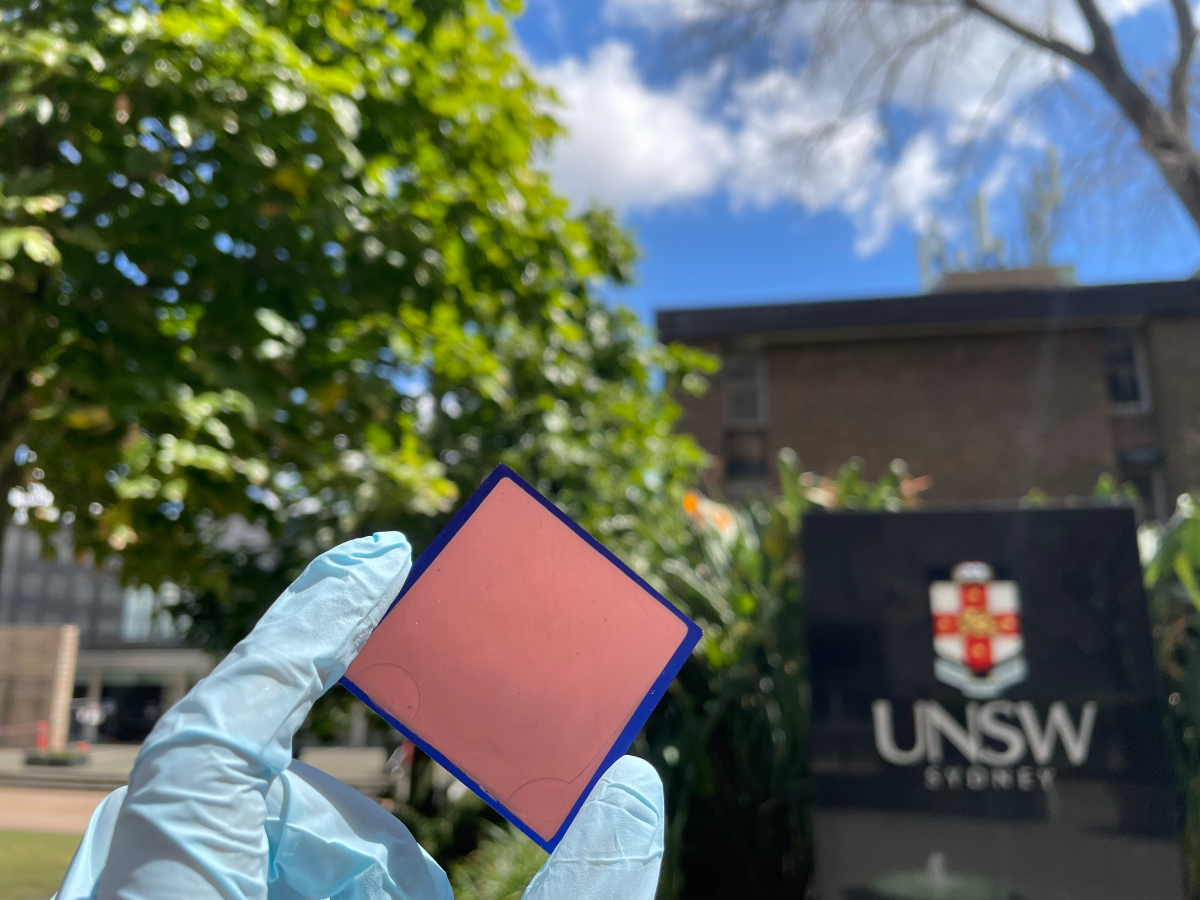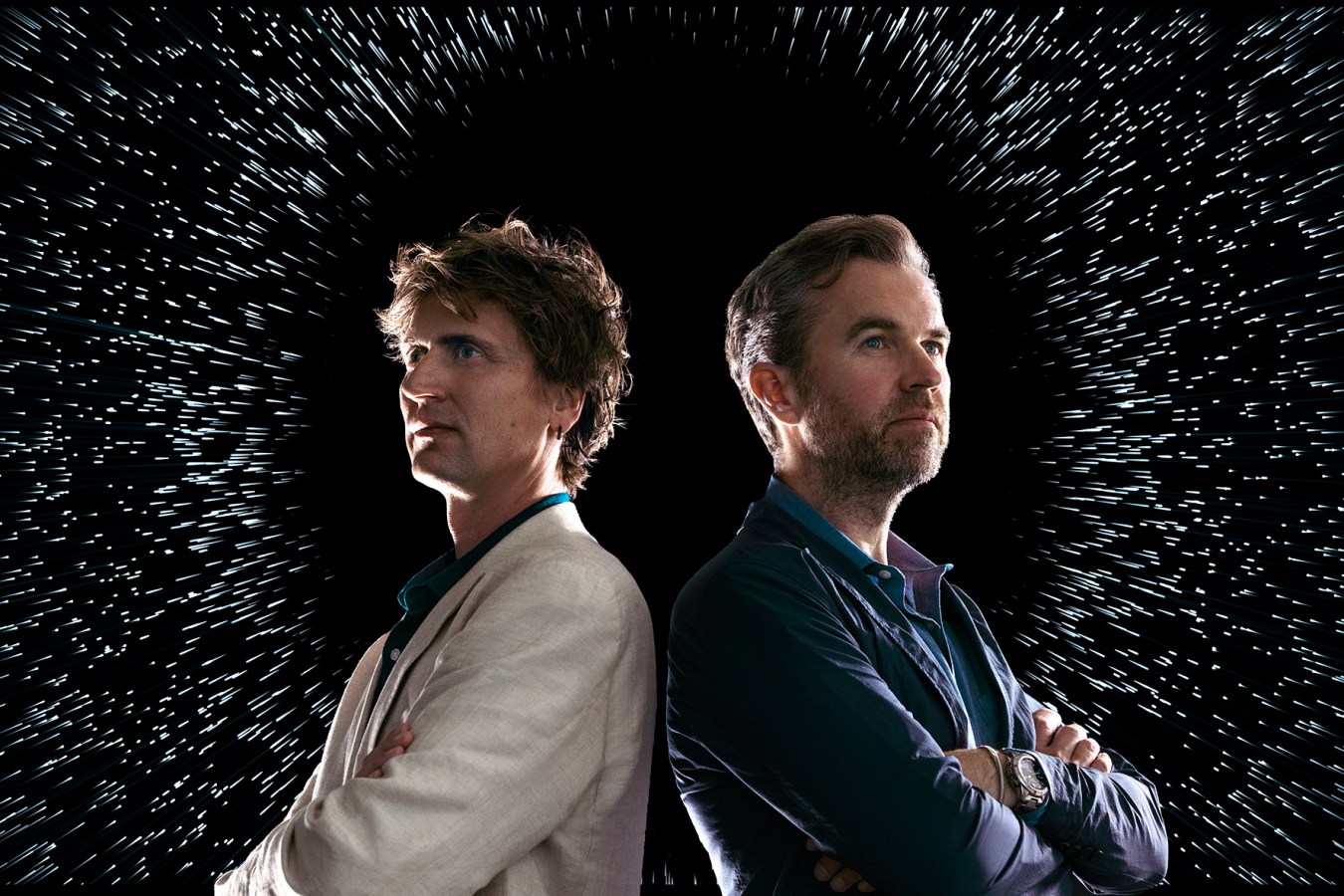Growing up in Ireland, my dad often gave me puzzles to solve. I’d sit down to tackle them, and every time it was a familiar pattern: early progress, a rush of confidence, thinking I had the answer, and then – bam – a brick wall.
This editor’s note first appeared in Issue 12 of Forbes Australia. Grab your copy here.

It’s at that point where the puzzle seems impossible, where most people give up and walk away. But I found the real magic happened when I kept pushing, looking at the problem from every possible angle until, finally, the breakthrough and the solution clicked.
It was a valuable life lesson in how satisfying it is to persevere and find the right answer to a problem.
This month’s cover story reminded me of those childhood puzzles. They weren’t exactly quantum physics, but they did require relentless determination, creative problem-solving, and an unwavering belief that what appears impossible can be achieved.
A $940m puzzle
At Forbes Australia, we’ve championed the stories of the pioneers who have persevered to solve the seemingly unsolvable puzzle – from BiVACOR’s quest to implant the first artificial heart to Telix’s nuclear-guided cancer treatments and Synchron’s AI brain interfaces.
They are companies that stand in stark contrast to our fast-paced world of quick fixes and instant gratification. These are individuals who dedicate their lives to missions that could redefine our existence.
And this issue’s cover story is no different.
For Jeremy O’Brien and his co-founders at PsiQuantum, their mission to build the first practical quantum computer has garnered a $940 million investment from the Australian government. Valued at US$3.15 billion in July 2023, PsiQuantum is racing to achieve this feat by 2027, competing against the likes of Intel, IBM, Microsoft, Amazon, the Chinese government and a bunch of start-ups.
The stakes are monumental. The first to succeed will revolutionise industries as the mind-bending power of quantum computers perform tasks that are currently inconceivable for the laptops we sit at today. The possibilities are endless, from advancing drug design and optimising city traffic to breaking existing encryption and creating AI with human-like capabilities.
The classical computer, as transformative as it has been, is nearing the end of its reign. We stand on the brink of a new computing era – one that remains largely misunderstood outside of specialist circles.
Undoubtedly, quantum computing is dense, technical, and largely incomprehensible to the layperson. But its potential? Limitless.
Picture trying to explain the future impact of computers in the 1950s or the internet in the 1980s. You’d be met with blank stares. Today, quantum computing is at a similar juncture. We can barely fathom its potential, but history tells us that the impact could be extraordinary.
In our cover story, legendary investor Peter Barrett comments, “Quantum computing is probably the most important technology since fire.” He also highlighted the gruelling reality of such ambitious endeavours: “You need people that want it really, really badly because it’s hard, and people are going to kick you in the shins, and it’s going to be a long grind, and if you don’t really care about it – it’s not gonna happen.”
The team at PsiQuantum embodies this spirit. They are some of the brightest minds, driven by an unshakeable belief in their mission. As you read their story, I hope you find a spark of inspiration and perhaps see a bit of your own journey reflected in their determination – and keep striving to solve whatever puzzle you’re tackling right now.
I hope you enjoy the issue.
Sarah O’Carroll
Editor-in-Chief, Forbes Australia



